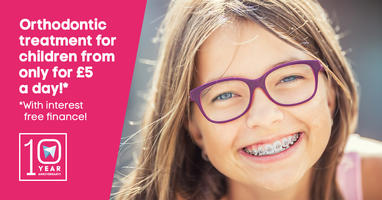In most cases, adults have 32 teeth, 16 in each row, which breaks down to quadrants of 8 in each quarter. These 8 are three molars, two pre-molars, a canine and two front teeth designed for biting into things. This is of course, in most cases. It is not all that uncommon to have supernumerary teeth, meaning extras, or to be born with fewer teeth to begin with. If you are born with an unusual number of teeth, you will most often be treated with orthodontics. Let me briefly explain what conditions exist and what the orthodontist can do to treat the situation.
Hypodontia
Hypodontia is a condition in which no less that 5 teeth are missing from birth. These are usually the wisdom teeth or third molars, but can be any of the teeth. Orthodontry is usually needed in order to even out the gaps and make the smile more aesthetic.

Oligodontia
If more than 5 teeth are missing, the condition is known as oligodontia. Oligodontia can very rarely be corrected with orthodontics, and usually prosthetics are used to substitute the remaining teeth. This condition is extremely rare and only affects a small portion of the population.
Anodontia
This condition is even rarer, and it refers to when the patient was born entirely without teeth or tooth buds. In a tiny, tiny fraction of the population, teeth simply never develop. Why this is the case is rarely understood and usually this symptom does not manifest alone, but as a part of other craniofacial problems as well.
Hyperdontia
When you have supernumerary teeth, the condition is referred to as hyperdontia, or hyper dentition. Sometimes it is simply that you have two of something you should only have one of, like canines or front teeth, but the teeth are normal teeth for the position they are in. Othertimes, half formed conical or peg shaped teeth can also erupt in random places, in front of or behind teeth, or even in the middle of the roof of your mouth. These are usually extracted, and orthodontics are applied to get the teeth that have been pushed into a different position back into their original, healthy location.
image: 1.

